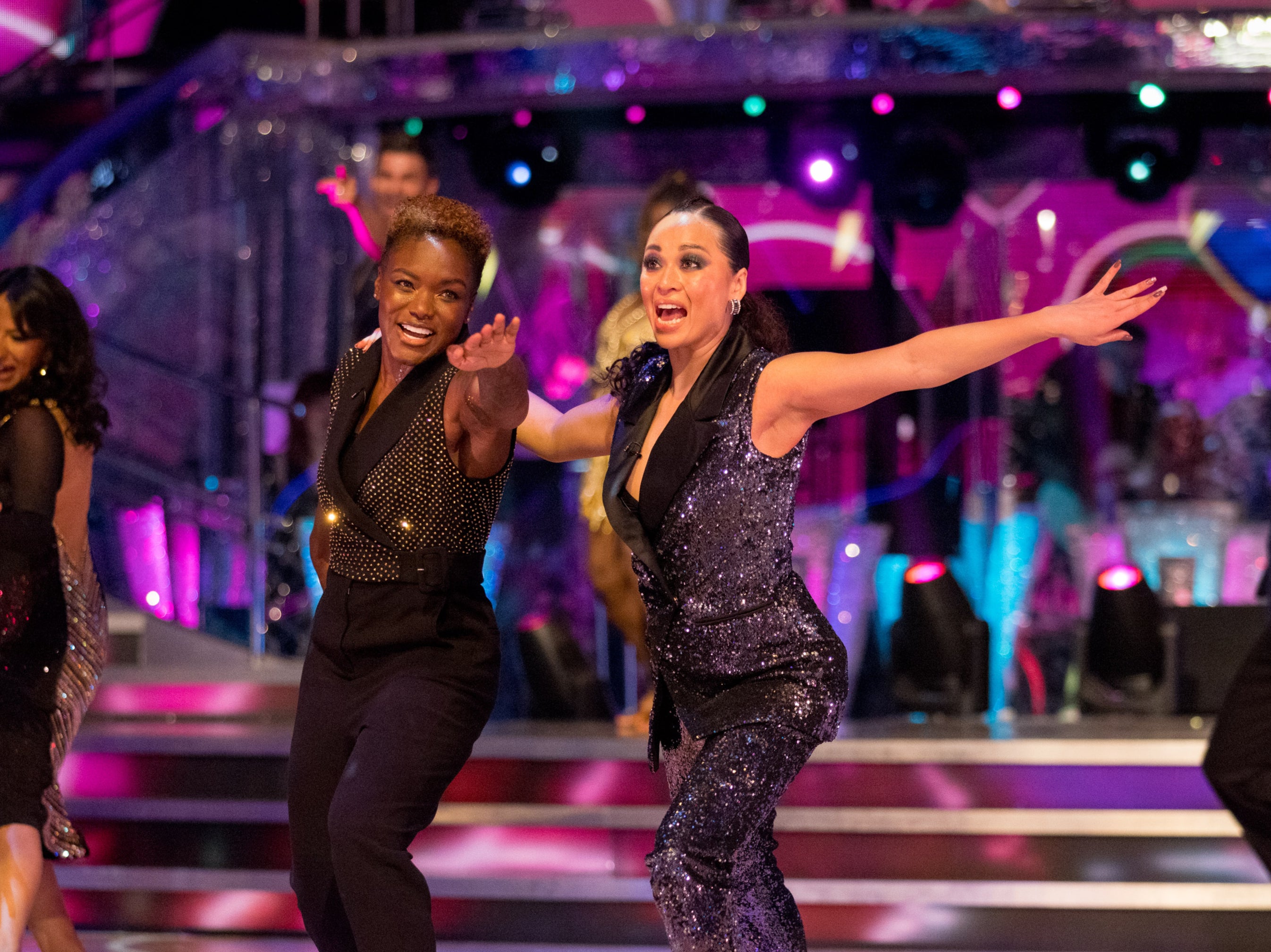Your support helps us to tell the story
From reproductive rights to climate change to Big Tech, The Independent is on the ground when the story is developing. Whether it’s investigating the financials of Elon Musk’s pro-Trump PAC or producing our latest documentary, ‘The A Word’, which shines a light on the American women fighting for reproductive rights, we know how important it is to parse out the facts from the messaging.
At such a critical moment in US history, we need reporters on the ground. Your donation allows us to keep sending journalists to speak to both sides of the story.
The Independent is trusted by Americans across the entire political spectrum. And unlike many other quality news outlets, we choose not to lock Americans out of our reporting and analysis with paywalls. We believe quality journalism should be available to everyone, paid for by those who can afford it.
Your support makes all the difference.
As I watched this year’s Strictly Come Dancing cast sashay down the glitzy staircase for the first time, I was disappointed. No, not because the morale felt slightly off post-scandal. I’m unimpressed because, for the first time in four years, the show is without any same-sex pairings – and we’re totally missing out.
Same-sex partnerships on Strictly have been extremely important for fairly reflecting LGBT+ lives on screen – especially on primetime family telly. But even if you put aside the representation element, their dances have made for some of the most spectacular choreography and versatile partner dynamics that we’ve seen on the show. Since same-sex couples aren’t limited to the same constraints that come with traditional heterosexual pairings, years-old ballroom styles can be turned on their head, adding more scope for different types of lifts, tricks and partner-work. It’s a huge shame we won’t get to see any this year.
Just take Layton Williams and Nikita Kuzmin’s eye-popping routines performed in last year’s series. For the final, they delivered an Argentine tango to Loreen’s “Tattoo” that was both tender and fizzing with chemistry, with Kuzmin lifting Williams over his shoulders into a dramatic backbend. For their Charleston to “Puttin’ on the Ritz”, in which they both wore identical Twenties-style suits, they were a cheeky double act as they performed knee-slides across the floor. Williams was also the first male celebrity contestant to wear a skirt and heels on the show, when dancing a Viennese waltz to “There Are Worse Things I Could Do”, in character as Grease’s Rizzo. Their partnership, like other same-sex couplings who came before, completely pushed the boundaries of what we know as traditional ballroom choreography.

There’s something exciting about ripping up the dance rulebook with same-sex couplings. Ballroom has long reflected heterosexual roles. The men lead; they are forceful, decisive and completely in charge, while the woman follows. But if you’ll allow me to get a little bit technical, the choreography in same-sex pairings often pushes dancers to move outside of “the hold” – being physically in contact with your partner – more frequently, since the idea of the “leader” is less rigid. And, at the risk of sounding like a ballroom geek, being outside of the hold gives dancers more freedom to move around the stage and flex – just look at John Whaite and Johannes Radebe, who were the first male pairing in 2021, and their alluring Argentine tango. Or Nicola Adams and Katya Jones’s jive to “Greased Lightnin’” that saw them channel the swagger of Danny Zuko’s gang the T-Birds.
When Strictly foxtrotted onto our screens 20 years ago, the idea of same-sex pairings was frowned upon. Even in 2018, celebrity contestant Dr Ranj Singh, who is gay, requested a male partner but was flatly turned down by the BBC. In 2019, there was a same-sex professional dance that received 200 complaints from offended viewers. And while Strictly is easily one of the BBC’s campest shows, which pulls heavily from queer culture, the broadcaster held back when it actually came down to introducing same-sex couplings.
There have been further hurdles: in the competitive dancing world, some dance purists have been reticent about same-sex pairings. In 2014 – the year same-sex marriage was legalised in England and Wales – the British Dance Council attempted to define a “pair” as “one man and one lady” and tried to ban same-sex couples from ballroom dance competitions. That’s why this year’s Strictly lineup feels like a step backwards.

When Olympic boxer Nicola Adams requested a female dance partner in 2020, she altered Strictly history, with Whaite, Jayde Adams and Williams all following suit. These pairings mattered not because they tick diversity check-boxes but because Strictly is a family show. And those young people watching at home, some of whom might be working out their sexuality, can use TV as an outlet to figure out their identity. Since ballroom is inherently underpinned by the chemistry between two dancers, what better way to show the existence of gay romance to children than through a wholesome TV show?
Perhaps none of this year’s celebrity contestants requested a partner of the same sex, since it is usually their choice (rather than the producers’). In which case, maybe this absence couldn’t be avoided. Either way, I know that this year’s dances will be seriously lacking in one area. Here’s hoping that our new set of boy-girl couples can serve up excitement elsewhere.

